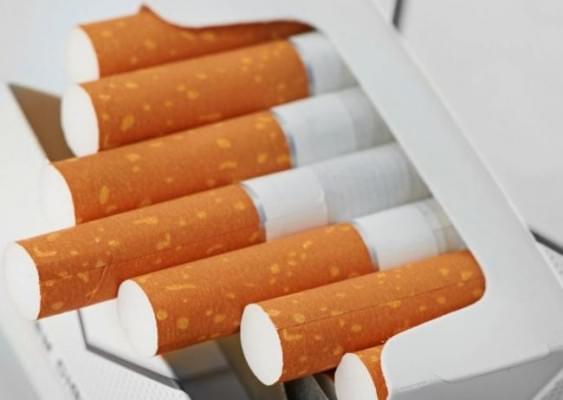Tobacco industry retail: the plan went up in smoke?
The tobacco product market is shrinking at shocking speed, the black marekt is expanding and state revenue from excise duty and VAT was 10 percent below the 2012 level.
The majority of newly formed retail enterpeises are fighting for survival. In the first eleven months of 2013 2.6 billion fewer cigarettes were sold: this means that the tobacco product market lost nearly one third of its most profitable market segment in just 11 months! The increse in excise duty and the 10-percent profit margin guaranteed by the tobacco shop law had a double effect in 2013. On the one hand, a significant part of smokers switched to cheapaer products, for instance to cigarillos. On the other hand, they started to buy their cigarette in the black market. Creating the new retail channel entailed a reduction in the number of tobacco shops. There used to be 20,000-24,000 tobacco selling points, but according to NAV data on 30 January 2014 there were 5,878 businesses with customs administration licence and 400 apointed enterprises selling tobacco products. It is needless to say that this means significant layoffs in the manufaturing and distribtuing sectors, and as the market is contracting manufacturers are also increasing prices. A couple of weeks ago Zsolt Gyulay told the press that from the 6,300 tobacco shops the 200 located in hypermarkets, malls and petrol stations realises 17 percent of sales – at the same time 2,500 tobacco shops are fighting for survival. Now the government wishes to offset this imbalance by banning the sales of tobacco products in and next to stores with a floor space above 2,500m². If the top 200 tobacco shops realise 17 percent of sales in the approximately less than HUF 500 billion market, the rest of the retailers have to operate in a HUF 400-415 billion market, so the average tobacco shop’s revenue from tobacco product sales is HUF 5.5-6 million a month. The last few months also showed that non-tobacco products were only responsible for 3-5 percent of shops’ turnover, which is way below the expected level. National Tobacco Shops didn’t turn into convenience stores that would have threatened the current structure of retail. Consumers are very ‘price-conscious’ and stepping over the HUF 1,000 a pack threshold is a big challenge for everyone: a struggle either for survival or for remaining profitable. Winning a concession isn’t enough in itself because the market mechanisms are the same as they sued to be, and the new retail channel also works the same way as other channels in retail. There will be increasingly fierce competition, some shops will close and new ones will open, but no positive change will occur in the market without the government taking steps to win the battle against the black market.
Related news
Related news
2026 begins in agriculture amid crises and a wave of investment – banking focuses on the dairy and pig markets, as well as CAP investments
🎧 Hallgasd a cikket: Lejátszás Szünet Folytatás Leállítás Nyelv: Auto…
Read more >Sovereignty Protection Office: According to the public, there is no place for foreign majority ownership in strategic sectors
🎧 Hallgasd a cikket: Lejátszás Szünet Folytatás Leállítás Nyelv: Auto…
Read more >Poor fruit harvest weighs on the pálinka sector
🎧 Hallgasd a cikket: Lejátszás Szünet Folytatás Leállítás Nyelv: Auto…
Read more >





